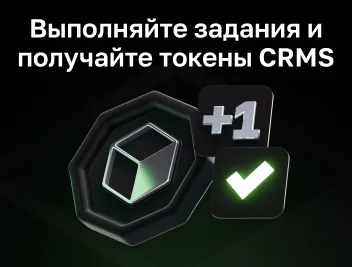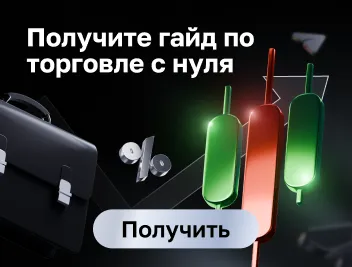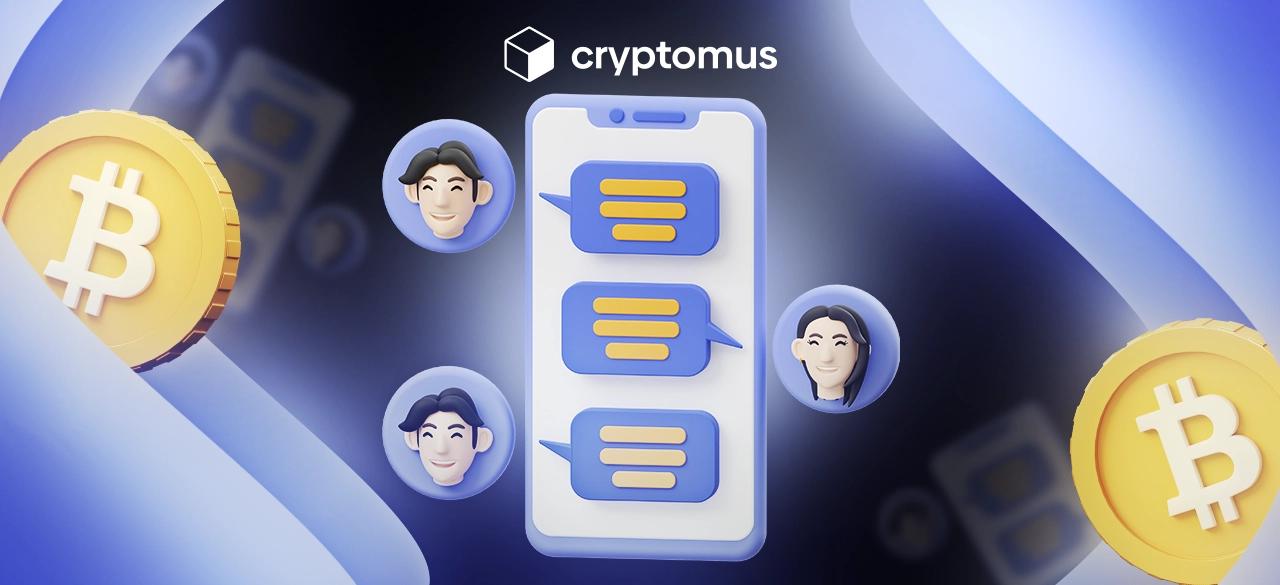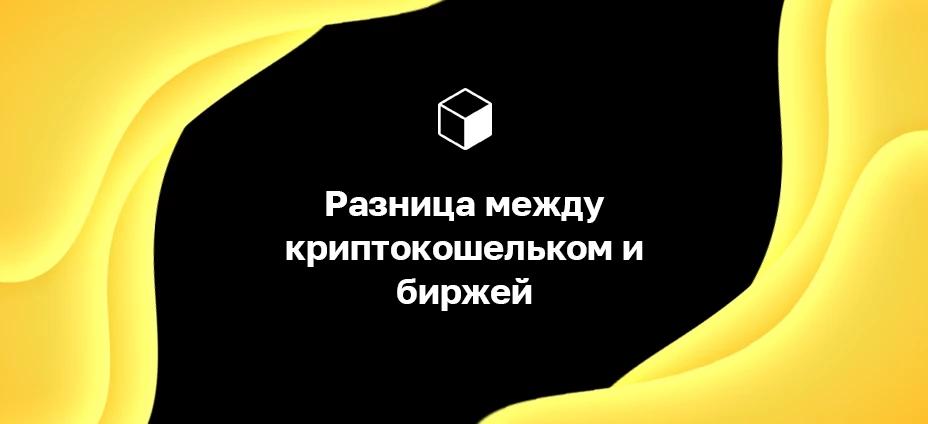
Что такое RWA простыми словами?
Реальные активы открывают множество возможностей, от коллекционирования искусства до покупки недвижимости. Но как это работает на практике? В этой статье мы обсудим ключевые аспекты реальных активов, их потенциал, популярные примеры и вызовы, с которыми они могут столкнуться на динамичном криптовалютном рынке.
Что такое токенизация RWA?
Токенизация RWA — это технология, которая превращает права собственности на реальные активы в цифровые токены. Вы можете превратить в токены всё, что имеет ценность в реальном мире: недвижимость, золото, акции, облигации, искусство и даже интеллектуальную собственность. Эти токены можно покупать, продавать, обменивать и использовать в DeFi, как криптовалюты.
Представьте, что вы владеете долей в коммерческой недвижимости, но вместо бумажного контракта у вас есть цифровой сертификат на блокчейне. Этот токен подтверждает вашу долю, а его подлинность зафиксирована в неизменном реестре. Токенизация не создаёт новый актив, она цифровизирует уже существующий и делает его совместимым с экосистемой DeFi.
Например, золотой слиток в хранилище можно «разделить» на миллионы микротокенов, каждый из которых будет представлять собой маленькую часть этого слитка. Такой подход упрощает инвестирование в традиционно недоступные активы и делает его более демократичным. Он стирает границы между традиционными финансами и передовыми решениями на базе блокчейн-технологий.
Применение RWA в DeFi
Токенизированные RWA открывают уникальные возможности в DeFi. Один из ключевых примеров — кредитование, обеспеченное активами; токенизированная недвижимость и другие реальные активы могут служить залогом для займа в DeFi. Представьте, что вы закладываете токенизированную долю в картине Ван Гога, чтобы получить стабильную монету DAI для торговли на бирже. Смарт-контракт автоматически управляет залогом и погашением займа, минимизируя риски для обеих сторон. Таким образом, процентные ставки могут варьироваться в зависимости от DeFi-протокола и рыночных условий, но использование RWA в качестве залога может привести к более низким ставкам по сравнению с традиционными банками.
RWA также позволяют реализовать дробное владение. Вместо того чтобы покупать всю квартиру в Дубае, вы можете приобрести 0,001% её токена, получая пропорциональную долю от арендного дохода. Такие модели особенно востребованы в развивающихся странах, где доступ к мировым активам ограничен.
Ещё одна важная возможность — улучшенная диверсификация. DeFi позволяет создавать новые торговые продукты на основе RWA. Криптотрейдеры могут расширить свои портфели за пределы традиционных торговых пар, включая дробные реальные активы, что снижает риски за счёт диверсификации.
Ещё одно ключевое приложение — синтетические активы. Токенизированное золото может служить основой для деривативов, которые торгуются на децентрализованных биржах.
Таким образом, RWA представляют собой революционный шаг и мост между традиционными и децентрализованными финансами. Представьте, что вы можете разделить физический объект на цифровые частицы и затем торговать ими. RWA снижают барьеры для входа, увеличивают ликвидность и диверсификацию портфеля. По мере их распространения они могут изменить финансовую сферу и сделать реальные активы более интегрированными в цифровую экономику.

Как работает токенизация RWA?
Давайте подробнее разберём процесс токенизации. Это будет полезно, если вы планируете использовать RWA:
-
Выберите актив: вы можете выбрать любой объект: драгоценные металлы, недвижимость или произведение искусства.
-
Проведите юридическую и финансовую оценку: например, если вы токенизируете здание, независимые эксперты должны определить его рыночную стоимость и проверить право собственности, а также юридическую чистоту.
-
Создайте цифровой "двойник" на блокчейне: помните, что токен, представляющий актив, создаётся и привязывается к его реальной стоимости. Для обеспечения безопасности и прозрачности управления смарт-контракты автоматизируют ключевые процессы, такие как выпуск токенов, распределение прав собственности и выплата дивидендов.
-
Выберите платформу для токенизации: подходите к выбору платформы с большой ответственностью, поскольку именно она будет преобразовывать загруженный RWA в токены. Платформа должна обеспечивать высокий уровень безопасности и быть надёжным представителем на рынке. Вы можете убедиться в этом, ориентируясь на высокие рейтинги или положительные отзывы.
-
Разместите актив на продажу: выложите реальный актив на продажу на выбранной платформе. Это позволит привлечь внимание инвесторов и новых пользователей.
Следуя этому руководству, вы сможете токенизировать практически любой актив в зависимости от ваших потребностей.
Преимущества и недостатки токенизации RWA
Мы подготовили таблицу, чтобы вы могли увидеть преимущества и недостатки реальных активов:
| Параметр | Характеристики | |
|---|---|---|
| Преимущества | ХарактеристикиДоступ к реальным активам. Токенизация позволяет инвестировать в физические объекты, такие как недвижимость, товары и искусство, через криптовалюту. Ликвидность. Традиционно неликвидные объекты (например, недвижимость) превращаются в легко торгуемые токены. Дробное владение. Инвесторы могут покупать доли в высокоценных активах, делая инвестиции более доступными. Диверсификация портфеля. RWA позволяют добавлять традиционные активы в портфель, снижая риски потерь благодаря менее волатильным товарам. | |
| Недостатки | ХарактеристикиРегуляторные проблемы. Токенизация объектов требует соблюдения строгих юридических норм, что может быть сложным и дорогим процессом. Риски мошенничества. Некоторые проекты могут выпускать токены без реальной поддержки, что привлекает хакеров. Ограниченное принятие. Рынок RWA ещё развивается, и не все инвесторы доверяют токенизированным активам. Высокие затраты. Токенизация и обслуживание активов могут быть дорогими и снижать общую доходность. |
Основное преимущество RWA — это демократизация инвестиций. Токенизация делает дорогие активы доступными широкой аудитории и снижает минимальный порог входа с миллионов до десятков долларов. Кроме того, блокчейн снижает риск мошенничества, так как все транзакции с токенами записываются в публичный реестр.
Тем не менее, у технологии есть проблемы, такие как правовая неопределенность, которая остаётся основным вызовом: законы о токенизации активов варьируются от страны к стране, и в некоторых юрисдикциях такие транзакции полностью запрещены. Оценка активов также является недостатком; если реальный объект (например, картина) повреждён или его цена падает, то токены потеряют в стоимости, что может вызвать панику на рынке.
Тем не менее, RWA — это не просто тренд, а эволюционный шаг в развитии финансов. Слияние традиционного рынка и DeFi создаёт новые экономические модели, в которых любой может стать инвестором, обходя посредников и границы. Если вы понимаете тему RWA и знаете тонкости токенизации, вы сможете контролировать любую транзакцию. Блог Cryptomus поможет вам стать более криптообразованным!
Оцените статью








комментариев
0
Вы должны войти в систему, чтобы оставить комментарий